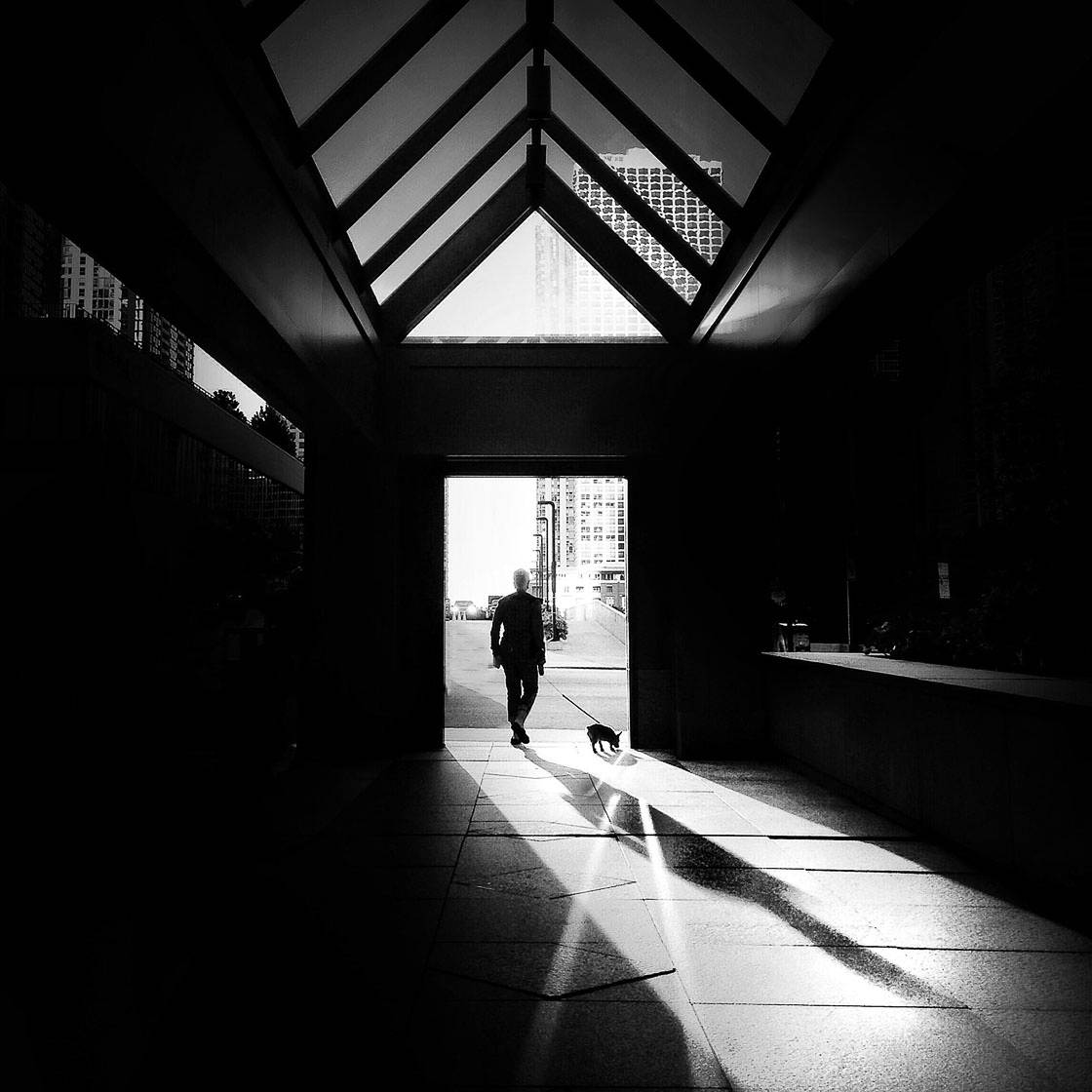The Definitive Guide for Street Photographers
The Definitive Guide for Street Photographers
Blog Article
More About Street Photographers
Table of ContentsWhat Does Street Photographers Do?Street Photographers for BeginnersThe Best Guide To Street PhotographersThe smart Trick of Street Photographers That Nobody is DiscussingSome Ideas on Street Photographers You Need To Know
Street photographers do not necessarily have a social function in mind, however they favor to separate and record minutes which might or else go undetected.He was influenced by many of those who influenced the road digital photographers of the 1950s and '60s, he was not mainly interested in catching the spirit of the street., who worked side by side with digital photographers attempting to catch the significance of metropolitan life.
As a result of the somewhat primitive innovation available to him and the long direct exposure time needed, he battled to record the hustle and bustle of the Paris streets. He tried out with a collection of photographic approaches, attempting to locate one that would certainly enable him to catch activity without a blur, and he found some success with the calotype, patented in 1841 by William Henry Fox Talbot. In comparison to Atget, photographer Charles Marville was hired by the city of Paris to develop an encyclopaedic record of Haussmann's urban planning job as it unfolded, therefore old and new Paris. While the digital photographers' topic was essentially the exact same, the results were substantially various, showing the influence of the professional photographer's bent on the personality of the photos he produced.
Not known Details About Street Photographers
Provided the great top quality of his photos and the breadth of product, engineers and musicians commonly acquired Atget's prints to use as referral for their very own work, though commercial passions were rarely his major motivation. Instead, he was driven to picture every last residue of the Paris he loved.

Unlike his peers, Brassa used a larger-format Voigtlnder camera with a longer exposure time, forcing him to be much more calculated and thoughtful in his method than he might have been if utilizing a Leica. (It is thought that he might not have actually had the ability to pay for a Leica during that time, yet he did, however, utilize one in the late 1950s to take colour photographs.) Brassa's pictures of the Paris abyss brightened by fabricated light were a discovery, and the compilation of the series that he released, (1933 ), was a major success.

Excitement About Street Photographers
It is due to this basic understanding of the art of photo taking that he is commonly attributed with uncovering the medium all over again about a century considering that its creation. He took pictures for greater than a half century and affected generations of professional photographers to trust their eye and instinct in the minute.
These are more info here the questions I will attempt to address: And after that I'll leave you with my own interpretation of road digital photography. Yes, we do. Allow's begin with defining what an interpretation is: According to it is: "The act of specifying, or of making something guaranteed, distinct, or clear".
No, definitely not. The term is both limiting and misleading. Seems like a road digital photography must be photos of a roads appropriate?! And all street digital photographers, except for a tiny number of absolute beginners, will fully value that a road is not the essential part to street digital photography, and actually if it's a photo of a street with possibly a few boring people not doing anything of passion, that's not road digital photography that's a picture of a street.
The Ultimate Guide To Street Photographers
He makes a legitimate factor don't you believe? However, while I agree with him I'm unsure "candid public photography" will catch on (although I do sort of like the term "honest digital i was reading this photography") since "street digital photography" has actually been around for a long period of time, with numerous masters' names affixed to it, so I think the term is below to stay.
Inside?! I hear you scream as you shake your clenched fist to the sky. Why not? You can contend the beach, at a festival, in an alley, in a park, in a piazza, in a coffee shop, at a gallery or art gallery, in a metro station, at an occasion, on a bridge, under a bridge ...
Yes, I hesitate we have no option! Without guidelines we can not have a meaning, and without a definition we don't have a category, and without a style we don't have anything to specify what we do, and so we are embeded a "guidelines definition genre" loophole! And no-one wants to get stuck in a loop. - Street Photographers

Report this page